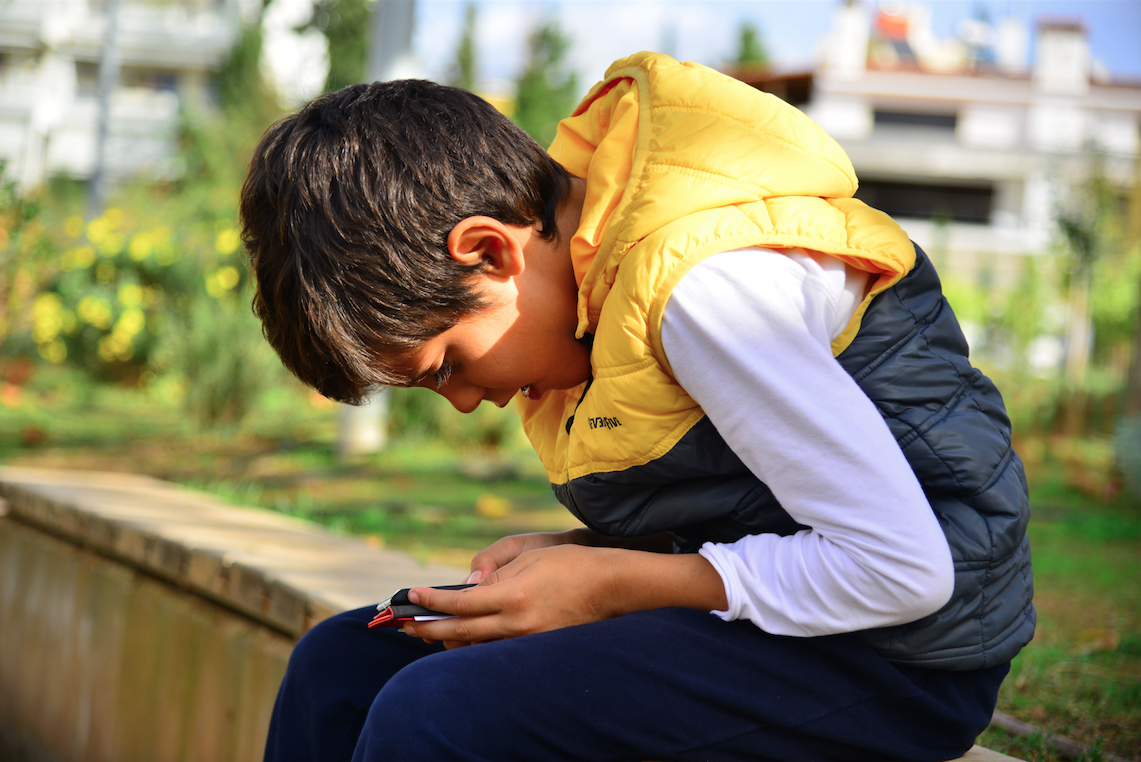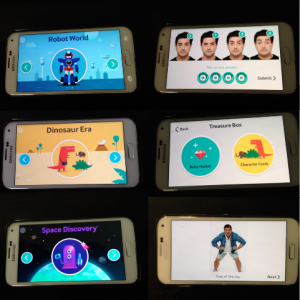In the US, 1 in 68 children have autism spectrum disorder. Autism is not just a US issue, worldwide, 60 million people have autism. Many of these people have a very difficult time making eye contact and picking up non-verbal clues. This often makes them seem distant to the people who love them so much.
Why is autism and eye contact important?
Communicating is more than speech and language. It is also about connecting and that connection often comes from kinesics, the interpretation of body language including eye contact, gestures, postures and facial expressions (Non-verbal communication).
Kinesics has the following subcategories.
- Proxemics – Space between people when they communicate to each other. (Personal space)
- Oculesics – Eye contact, eye movement, gaze.
- Haptics – (or tactics) – Interaction involving touch. Handshake, high five, hug, etc.
- Facial Expressions – Positions of the face that convey emotion. Frown for sadness, smile for happiness, etc.
- Gestures – Movement of any part of the body to convey or emphasize an idea or emotion. Thumbs up for good, V sign for peace, etc.
- Postures – The position of the body conveys information about personality traits (confidence, submissiveness, etc.), social standing and current emotional state.
- Mirroring – The subconscious replication of another person’s nonverbal communication.
A parent of a child with autism wants desperately to feel connected, but often feel like there is an invisible barrier between them and their child. Children with autism are able to connect with digital devices, so Samsung built a groundbreaking Android app to try to break that invisible barrier to help kids with autism connect with their loved ones. The free app on Google Play is called Look at Me. The app was developed to help children with autism make better eye contact, improve their recognition of facial expressions and express their emotions.
The app uses rewards to motivate the children. Rubies, character cards and points are awarded to the child based on performance as they work through seven scientifically produced missions. Some of the missions require adult assistance and participation.
Here are some of the missions:
- One mission asks the child to place their face in the cutout of a picture scene using the front facing camera. This improves facial recognition and spatial awareness.
- Another mission asks the child to identify which face, from a selection of faces, appears in a dot that is placed over the eye of a picture of a person. This also teaches facial recognition and teaches that communication clues can be found by focusing on a person’s eye.
- Another mission asks a child to identify happy and sad faces from a selection of faces. This game helps a child with autism recognize facial expressions and emotions.
- Another mission asks the child and parent to mimic the pose of the day and capture those images on the camera. The child will select the most accurate pose. This task helps a child with autism recognize the role of posture and gestures in communication.
- There are many more missions to complete across three themes, Dinosaur Era, Space Discovery and Robot World.
Samsung led the development of the app with the help of professors from the Yonsei Univeristy’s department of Psychology, doctors from Seoul National University Bungdang Hospital and UX designers and programmers from Samsung. Then they tested the app with 20 children over an 8 week period in which they claim 60% of these children showed improvement in making eye contact.
The Kidmunication Point
We love apps like this, but this app is not quite ready for action. It crashes too often even on a Samsung S5. People who have downloaded the app on Google Play store rate it with a 3.5, but many shared their frustration with the amount of times the game crashed.
We applaud Samsung for trying to make the world a better place for children with autism and their friends and family by developing this free app. We are confident that subsequent updates to the app will make it more stable. The app is free, so test it out, but you might want to wait until the crashing issue is improved so your child does not get frustrated.


